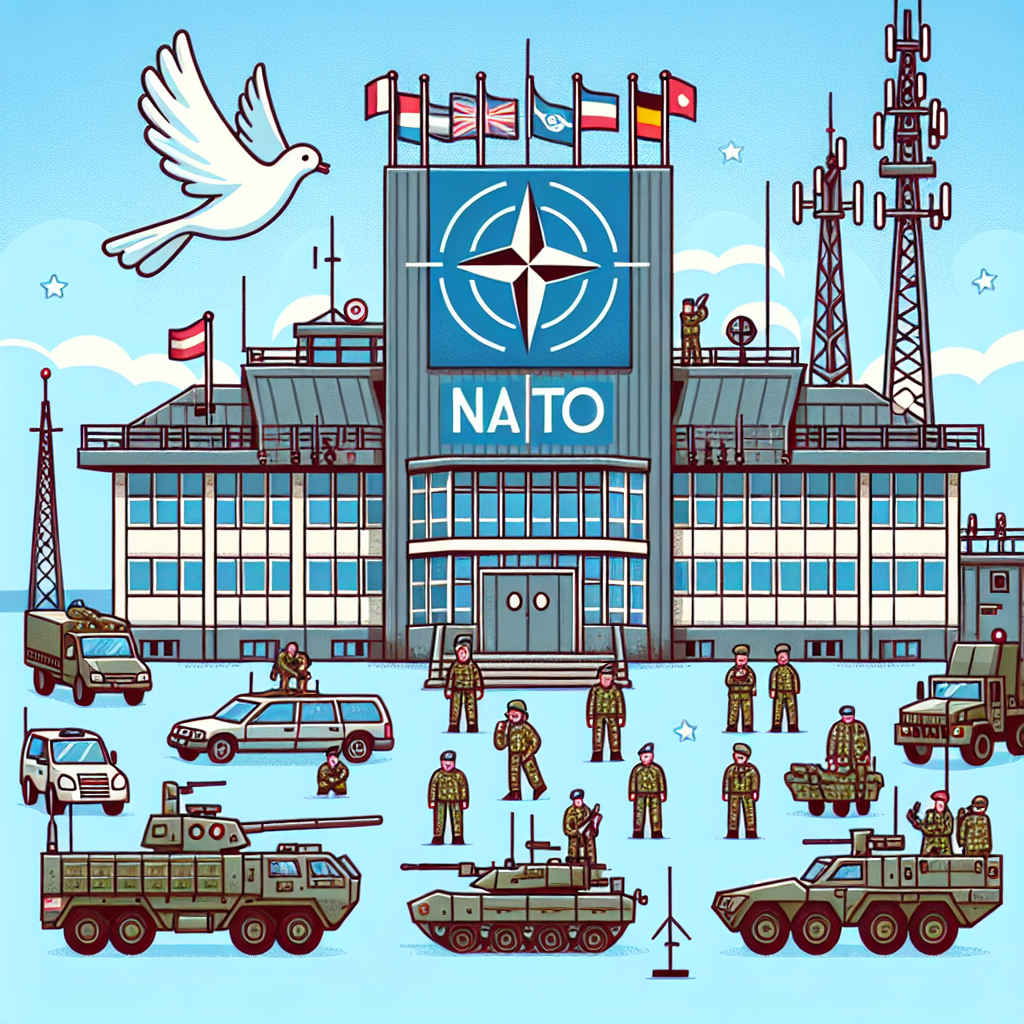NATO's Massive Defence Spending Push: No Opt-Out for Allies
NATO Secretary-General Mark Rutte announced a critical increase in defence spending to 5% of GDP, with no opt-outs. Spain's exclusion and U.S. disapproval raise questions about member commitments. With NATO's focus on Russia, increasing defence capabilities and meeting these targets is vital.

In a significant shift, NATO is ramping up its defence spending target to 5% of GDP without allowing opt-outs, as announced by Secretary-General Mark Rutte. This move aims to bolster the alliance's capabilities against potential threats amidst security concerns.
Spain has negotiated an exclusion from this target, citing economic challenges and a current military budget of just 1.28% of GDP. Meanwhile, U.S. President Donald Trump has insisted that the new goals should not apply to the United States, only to its allies, stirring debate about burden-sharing.
With the backdrop of Russia's aggressive posture in Ukraine, NATO's plan focuses on robust defence mechanisms, emphasizing the need for improved infrastructure, cyber defences, and military readiness. A stringent review of progress is set for 2029, with all members expected to demonstrate capability enhancements by then.
(With inputs from agencies.)
ALSO READ
Trump's new travel ban takes effect for citizens of 12 countries amid heightened tension over immigration enforcement, reports AP.
Travel Ban Expansion: New Proclamation Signed by Trump
Trump Orders Federal Action Amidst Los Angeles Unrest
Trump's Controversial Travel Ban Sparks Global Debate
Political Titans Clash: Musk vs. Trump










